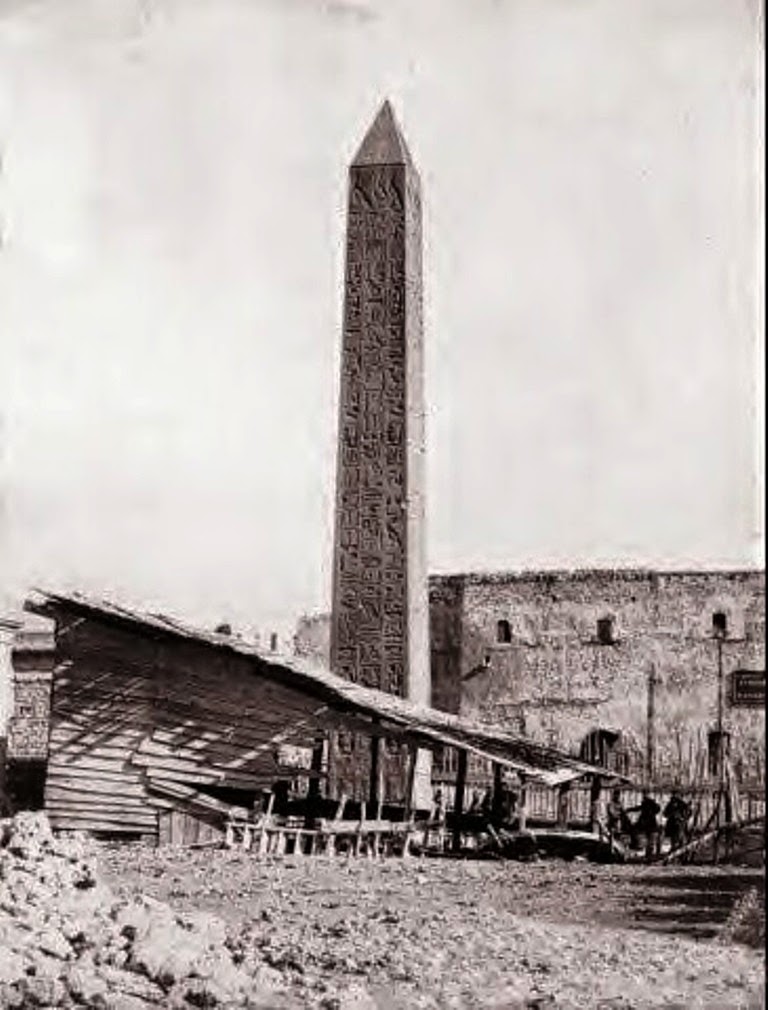Stéphane Rosti. Stéphane de Rosti (1891-1964) Alexandria Comedian Actor. He was born in Alexandria in 1891. He spoke Arabic, English, french, Italian and German representing the the Alexandrian cosmopolitan spirit. His mother was an Italian Egyptian dancer who married to his father, an Austrian Baron, who terminate his political assignment (in Cairo) and return to his country after. Rosti lived with his mother in Ramleh in Alexandria and went to Ras el Tin Primary School, then he moved to Cairo.
As a young man, Stephan travelled to Austria seeking recognition by his father, He managed to meet his father there but eventually fell from favour because of his relation with Austrian ballet dancer, in addition to his artistic tendencies. He danced and he worked as a translator then as a worker in the port of Naples to accompany immigrants to America, a salesman, and an entertainer for aristocratic children. In France, he worked as a tour guide, and in a library and a theatrical troupe.
In Austria, Germany worked other jobs such as a dancer in nightclubs, an undertaker and a butcher. Rosti met and befriended two visiting Egyptian film-makers, Mohammed Karim and Sirag Mounir, who encouraged him to return to Egypt to work in cinema, given his fluency in Egyptian Arabic and after he expressed his desire to do so. Rosti returned to Egypt and enrolled as a student in the "Acting Institute" of Cairo, and accepted his first role as director of the first wholly Egyptian feature film, "Layla" from producer Aziza Amir in 1927.
Rosti would always be remembered also for his unique accent and tone of voice especially when playing a foreigner .















